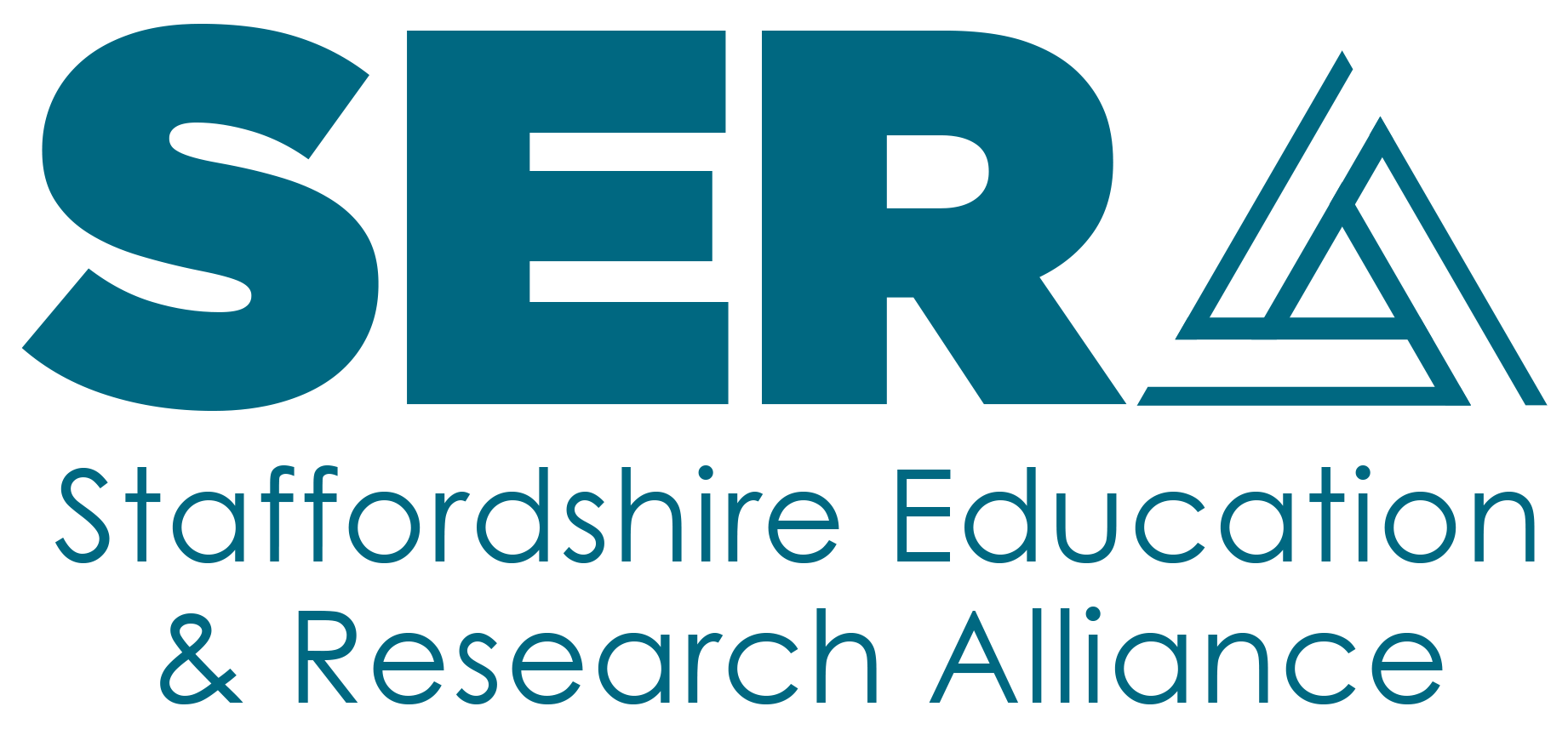Therapeutic Approaches
Thera Build
Thera-Build® with LEGO® is a playful, therapeutic approach for promoting emotional well-being in children, developed by Alyson Thomsen of Bricks2Learn.
Thera-Build® focuses on working therapeutically with all children, and is particularly helpful for young people with internalising conditions such as anxiety or attachment disorder.
Through purposeful play with LEGO® bricks, Thera-Build® aims to reduce stress, boost confidence and self-esteem, and support children to self-regulate, by providing individualised high-quality relational building experiences, that help children to communicate difficult emotions and to positively connect with others.
A Thera-Build® intervention may be most beneficial on a one-to-one basis, or with a small group of children, depending on a child’s individual need.
There are many benefits to the use of brick-play, including improved:
Language and literacy skills
Social skills, self-expression and more effective communication
Problem solving, decision making and memory
Hand-eye coordination, spatial awareness and fine motor skills
Self-regulation, resilience, understanding empathy and impulse control.
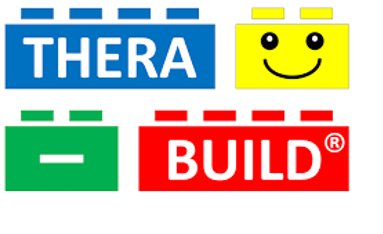
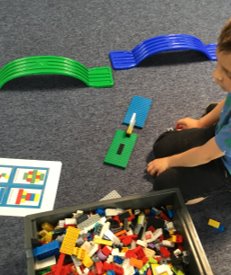
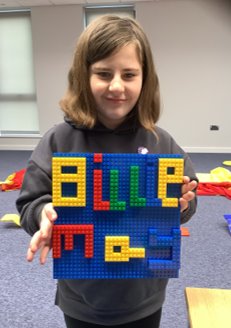
Please email Mel Brindley if you wish to take part in a twilight session learning about these approaches in more detail.
Sensory Circuits
Sensory Circuits use sensory-based movement activities which prepare children and young people for the day’s learning and help them to achieve the ‘just right’ level of alertness they need to concentrate. They are made up of around 15 minutes of activities to help with sensory regulation. The aim of setting up a sensory circuit is to provide a way for children and young people to regularly receive a controlled sensory input.
Alerting section
The aim of this section is to provide vestibular and proprioceptive stimulation within a controlled setting.
This prepares the brain for learning. .
Organising section
This section includes activities that require motor sensory processing, balance and timing. The child needs to organise their body, plan their approach and do more than one thing at a time in a sequential order.
Calming section
The calming activities are very important as they provide input to ensure that children leaves the circuit and return to their classrooms calm, centred and ready for the day ahead.
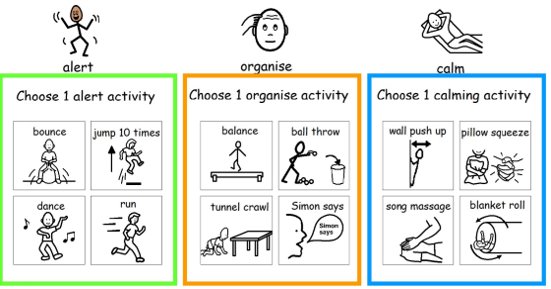
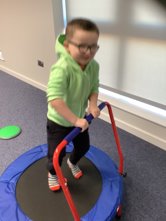
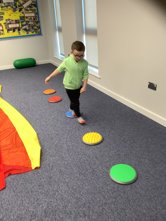
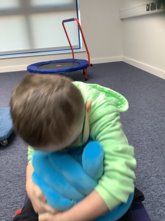
Please email Mel Brindley if you wish to take part in a twilight session learning about these approaches in more detail.
Story Massage
Story massage combines the benefits of agreed positive touch through the use of story, rhyme or song.
The programme contains ten simple massage strokes that are easy to learn and can be used in different ways throughout different story massage sessions.
These strokes can be used to represent a range of actions, objects and emotions when telling a story.
Stories help us to make sense of the world around us. Positive touch brings calm and connection. Combining storytelling with nurturing touch provides opportunities for increased engagement, communication, fun and meaningful interactions for learners with SEND.
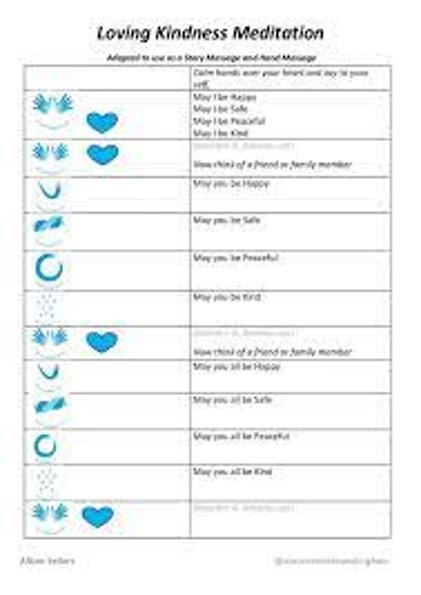
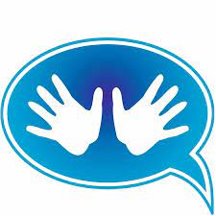
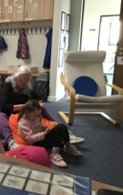
Please email Mel Brindley if you wish to take part in a twilight session learning about these approaches in more detail.
Attention Autism
Attention autism is an intervention model designed by Gina Davies, specialist speech and language therapist.
It aims to develop natural and spontaneous communication through the use of visually based and highly motivating activities.
Gina’s primary objective is that the sessions are fun and “offer an irresistible invitation to learn”!
Aims of attention autism
to engage attention
to improve joint attention
to develop shared enjoyment in group activities
to increase attention in adult-led activities
to encourage spontaneous interaction in a natural group setting
to increase non-verbal and verbal communication through commenting
to build a wealth and depth of vocabulary
to have fun!
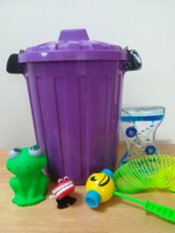
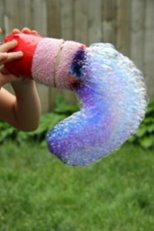
Stage 1: The bucket to focus attention Stage 2: The attention builder

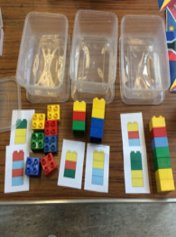
Stage 3: The interactive game- Stage4: Individual activity- turn taking and shifting attention focus, shift and re-engage attention
Please email Mel Brindley if you wish to take part in a twilight session learning about these approaches in more detail.
Forest School
Forest School is a long term learning journey which invites students to learn in a wooded/outdoor area and supports our inquiry-based approach to learning at Rainbow Room. Forest School encourages students to direct their own learning through planned and unplanned experiences and activities. The holistic approach to Forest School helps students to develop: self-awareness, empathy, social skills, motivation and self-regulation. It also exposes children to nature and the ability to take and manage appropriate risks.
We will follow the Forest Schools 6 main Principles.
1. Forest School is a long-term process.
2. Forest School takes place in a natural wooded environment.
3. Forest School aims to promote holistic development.
4. Forest School offers learners the opportunity to take supported risks.
5. Forest School is run by qualified Forest School practitioners.
6. Forest School uses a range of learner-centred processes to create a community for being development and learning.
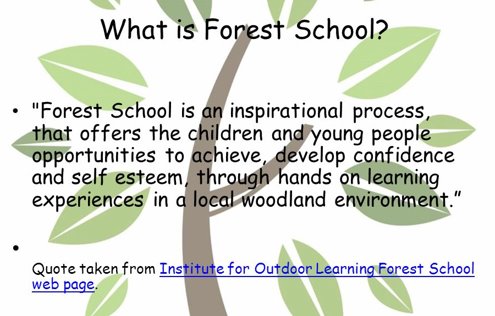
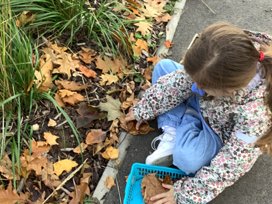
Please email Mel Brindley if you wish to take part in a twilight session learning about these approaches in more detail.
Animal Therapy
Animals can really help children who have issues like autism, ADHD, learning disabilities, sensory processing challenges and anxiety. Connecting with an animal can help kids feel grounded and keep them from getting upset in tough situations.
Science suggests that pets provide good therapy for all people, especially those diagnosed with mental health disorders like anxiety or depression. Other studies concur that pets provide security and routine and emotional support, facilitate the growth of relationships, friendships, and social networks, and even promote longevity. Stress activates your body’s flight or fight mode and triggers the release of cortisol and epinephrine. It can be highly beneficial in the short term.
Pets help ward off loneliness and isolation by engaging us with their antics. They build on the child's trust and act as a calming tool,
promoting engagement in learning activities and positive attitudes toward learning
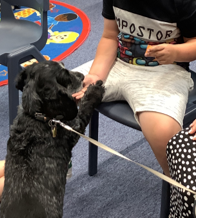
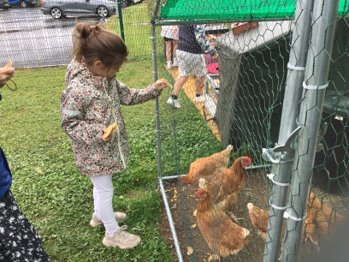
Please email Mel Brindley if you wish to take part in a twilight session learning about these approaches in more detail.
Speech Therapy
SaLTs work directly with children, their families, and other education professionals to develop personalised strategies to support a child's individual needs. At Rainbow Room, we will work with the child on a 1-1 basis in a calm and quiet environment , using the SaLTs targets and plans.
We have 2 Trained Assistant SaLTs at Two Rivers Primary and receive training from them on many different approaches. These include PECs- we promote the use of The Picture Exchange Communication System (PECS) is used as an alternative/augmentative communication system for children with autism and other social communication deficits.
Podd (Symbols provide a progressive system which leads naturally into a reading scheme of words and communication).
Makaton – a simple signing worldwide communication tool.
Mouth exercises using stories such as Mr Tongue
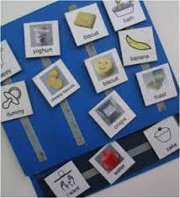
What is the Picture Exchange Communication System? The Picture Exchange Communication System (PECS) is a way for autistic people to communicate without relying on speech. To communicate, people use cards with pictures, symbols, words or photographs to ask for things, comment on things or answer questions.
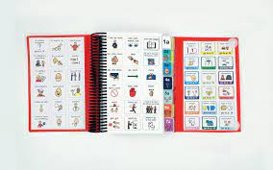
PODD is a way of organising whole word and symbol vocabulary in a communication
book or speech generating device to provide immersion and modelling for learning.
• The aim of a PODD is to provide vocabulary:
◦ for continuous communication all the time
◦ for a range of messages
◦ across a range of topics
◦ in multiple environments.
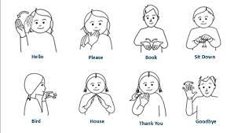
Makaton symbols and signs, either as their main method of communication or as a way to support speech.By using Makaton, children and adults can take a more active part in life, because communication and language are the key to everything we do and learn.
Please email Mel Brindley if you wish to take part in a twilight session learning about these approaches in more detail.
The Fizzy Programme
The Fizzy Programme was designed for use with children who have weak gross or fine motor skills to improve these areas. This is done by working on a child's postural control, strength and co-ordination.
The programme is a graded and measurable activity in 3 stages- Beginners (level 1), Intermediate (level 2) and Advanced (level 3).
It works on 3 specific areas - balance, ball skills and body awareness. It is fun, easy to administer. The programme consists of exercises the child carries out either individually or in a small group.
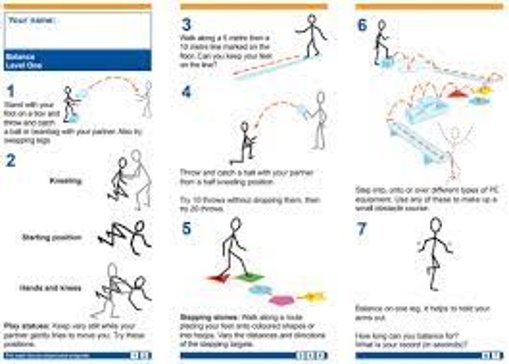
Please email Mel Brindley if you wish to take part in a twilight session learning about these approaches in more detail.



